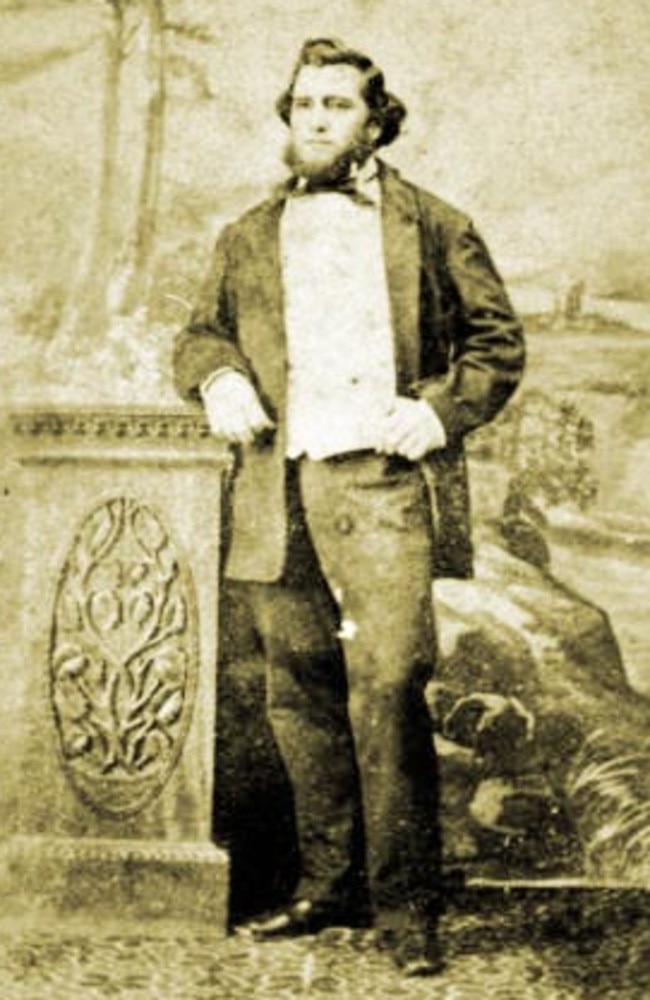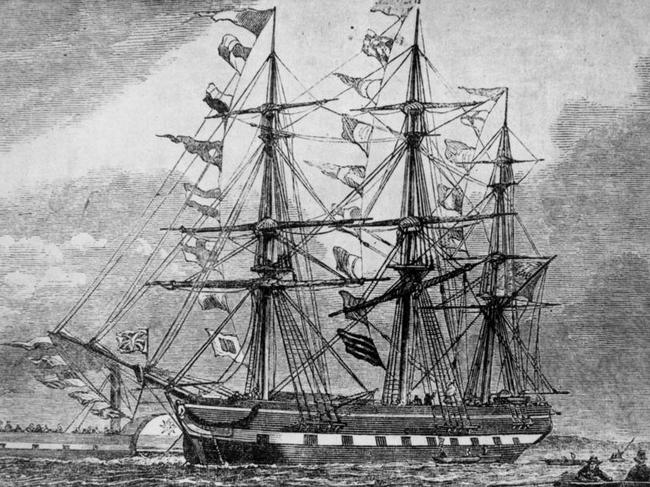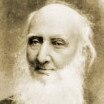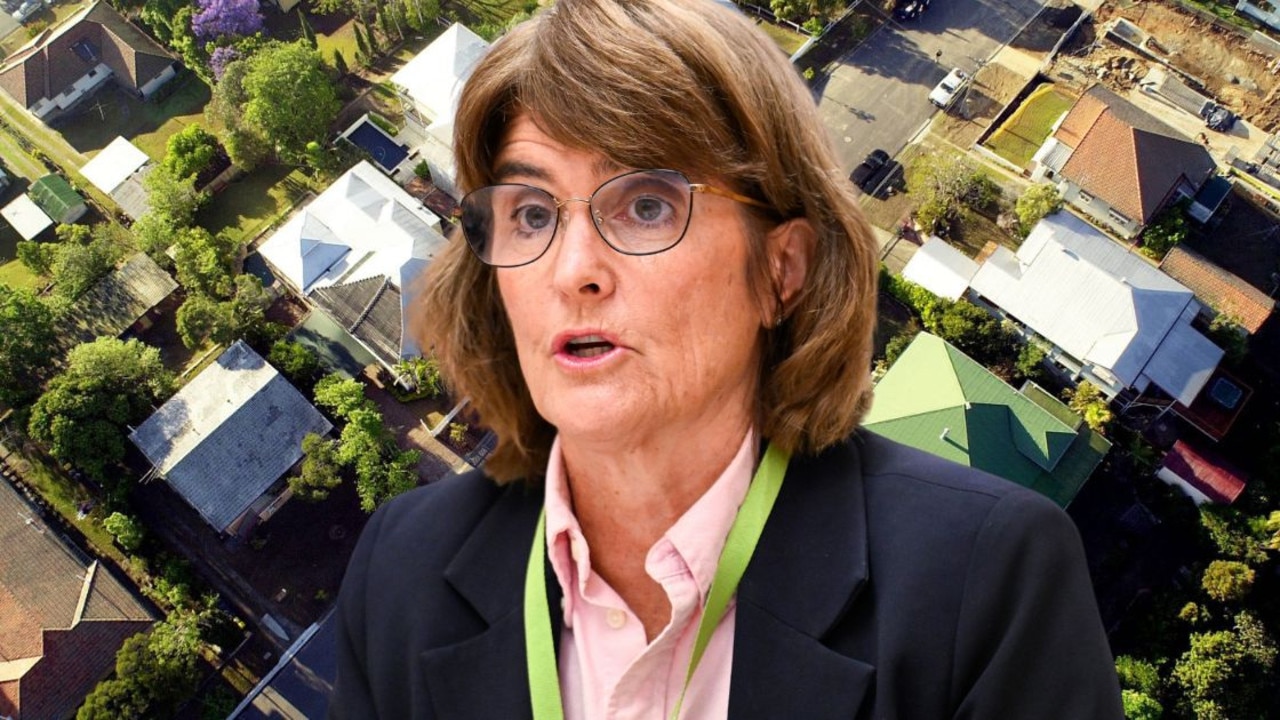Way We Were: Man who helped build Brisbane from its convict origins
This “original Pommy” saw the young colony go from a population of 2000 to a thriving capital boasting 310,000 people at the time of his death.
CM Insight
Don't miss out on the headlines from CM Insight. Followed categories will be added to My News.
When George Holt joked on his 100th birthday that he was “one of the original Pommies” he was close to the truth – he had arrived in 1849 when the new town of Brisbane had only about 2000 people, up to a quarter of them convicts.
Moreton Bay penal settlement had closed just seven years earlier, and 21-year-old George was one of the free settlers on board John Dunmore Lang’s first immigrant ship Fortitude.
When he died in 1928, Brisbane was a state capital and had a population of almost 310,000.
A pioneering captain of supply boats on the Brisbane and Bremer rivers, George spent most of his life in the Ipswich district, 40km west of the city.
Believed to be the oldest pioneer in Ipswich, if not Queensland, his life was intertwined with the new state.
George was born on the Dorset coast of England in 1828 and became an apprentice baker to his uncle, Robert Cribb, who ran a confectionary and baking business in London’s Covent Garden.
When his uncle answered the call of Rev John Dunmore Lang, who was encouraging British artisans to prosper in the colonies, young George joined him.
The Fortitude dropped anchor in Moreton Bay on January 20, 1849, two days before George’s 21st birthday, although quarantine on Moreton Island meant it would be another three weeks before they arrived in Brisbane Town.

And as the colony’s leaders in NSW were not happy about Dr Lang’s sponsored immigration scheme, no assistance was given to the 250 new arrivals. They were taken to tents, out of sight, near the Exhibition buildings, an area that would be named Fortitude Valley.
Interviewed on his 100th birthday, George said Brisbane was mostly bush. There was a running creek in Queen St, where the Finney Isles department store was built 60 years later, and the only means of crossing it was by balancing on a fallen log.
He was released from his apprenticeship and started work at William Pickering’s wine and spirit store on the corner of George and Queen Streets, for “eight bob a week”. Part of his job was to bring water from a large lagoon known as the Red Clay Waterhole, near where City Hall now stands.
His next job was with “Yankee” Wilson, who had a punt bringing stone down the river from a quarry near Oxley Creek, to build St Stephen’s Catholic Church in Elizabeth St. The cathedral was still three decades away.
This experience led him to becoming skipper of the punt Jenny Lind, owned by explorer, builder and patriarch Andrew Petrie, carrying goods between Brisbane and Ipswich. “She had neither steam nor sails. She just floated up the river with the tide and came down in the same way. There was a long steer-oar at the stern, with which I guided her course, and I can tell you that in those days the navigation of the river was a ticklish job,” he recalled.
He was earning 30 shillings a week and saving most of it to buy his own punt.
George then went into competition with the Jenny Lind, carrying stores, building materials and farm implements upriver for the squatters and returning with bales of wool and tallow. He also gained his bay and river navigator’s certificate.

Squatters were keen to have Cleveland made the chief port of Moreton Bay and capital of the colony and spent a lot of money building a wharf. George was contracted to load and unload the ships expected to anchor off Cleveland.
But despite the big investment, the plan failed because there was no water around the jetty at low tide. George sold his punts and invested everything in the new Bremer Steam Navigation Company, becoming captain of the paddle steamers Bremer and then Hawk, which provided a crucial link between Brisbane and Ipswich. The company was poorly managed and lasted only three years, leaving Captain Holt with nothing. He decided to return to his trade. Robert Cribb, who was now a wealthy merchant (and whose brother Benjamin co-founded the Ipswich department store Cribb and Foote), purchased a bakery and put George in charge.
At 30, and after less than a decade in the colony, George bought a property on the Brisbane River 11km north of Ipswich at Blackwall, from the NSW government the year before separation.
He then left the bakery for farming and spent the rest of his life at the homestead overlooking the Brisbane River where he had captained some of the state’s earliest river steamers.
George died on May 30, 1928, having made his own contribution to the growth of the colony – he had outlived two wives and from 11 children left 117 descendants.





